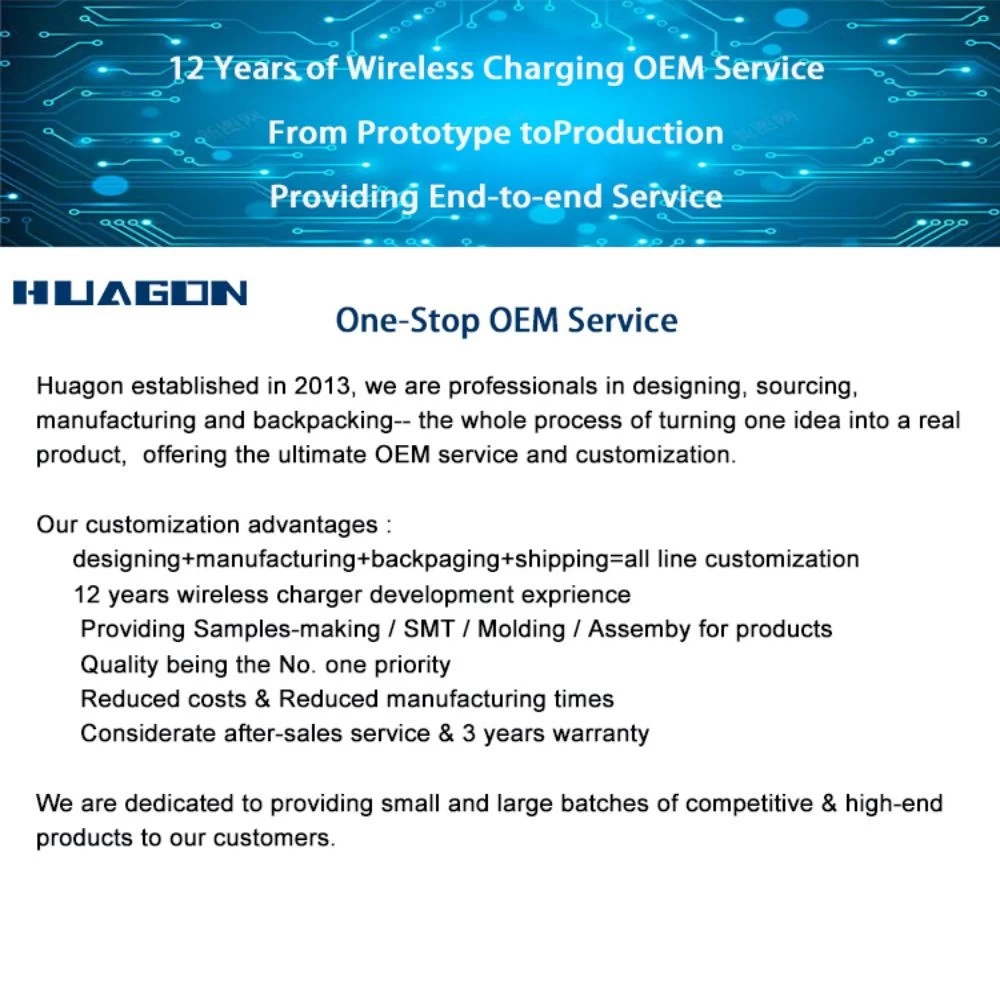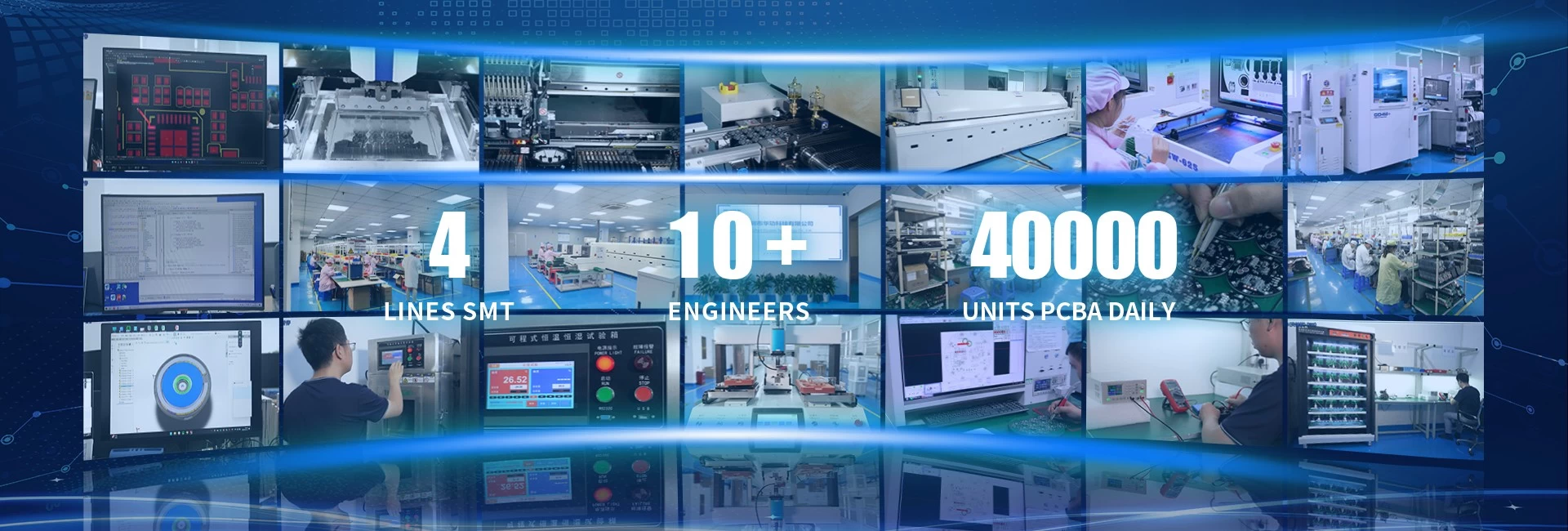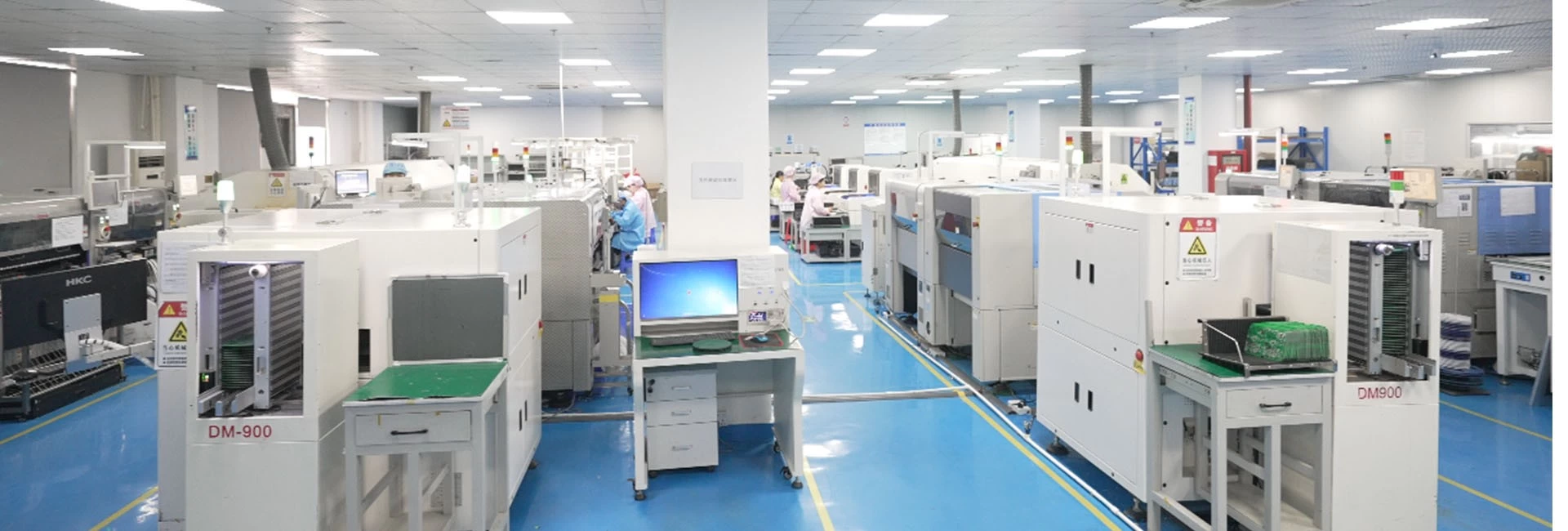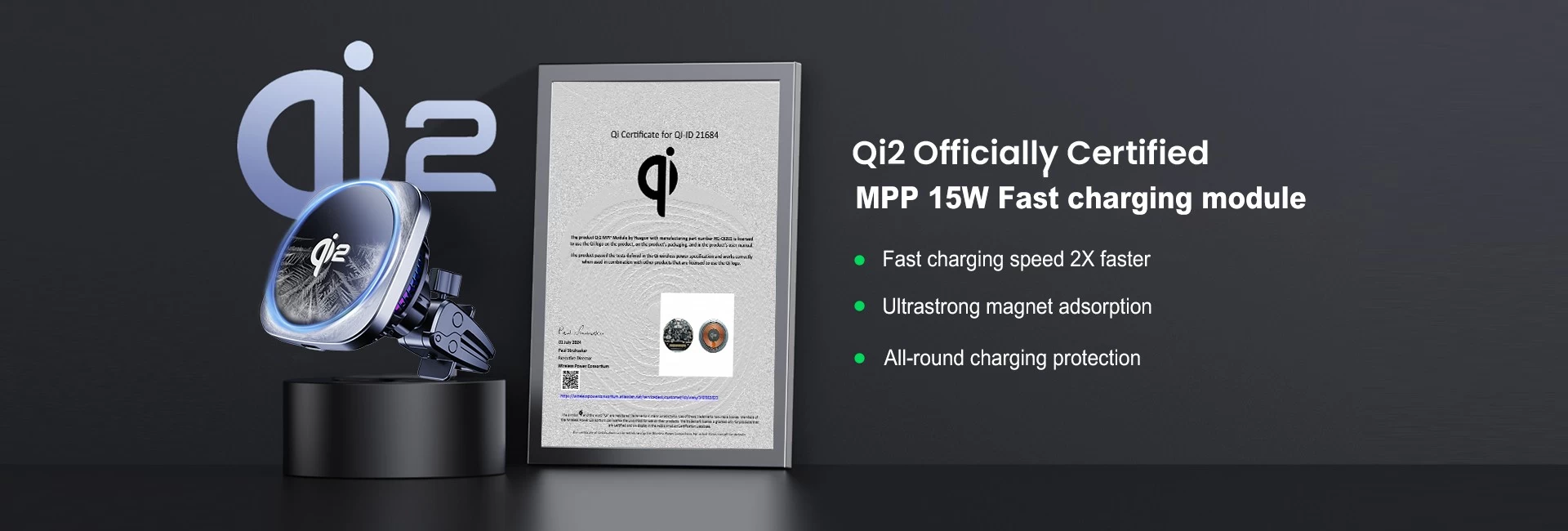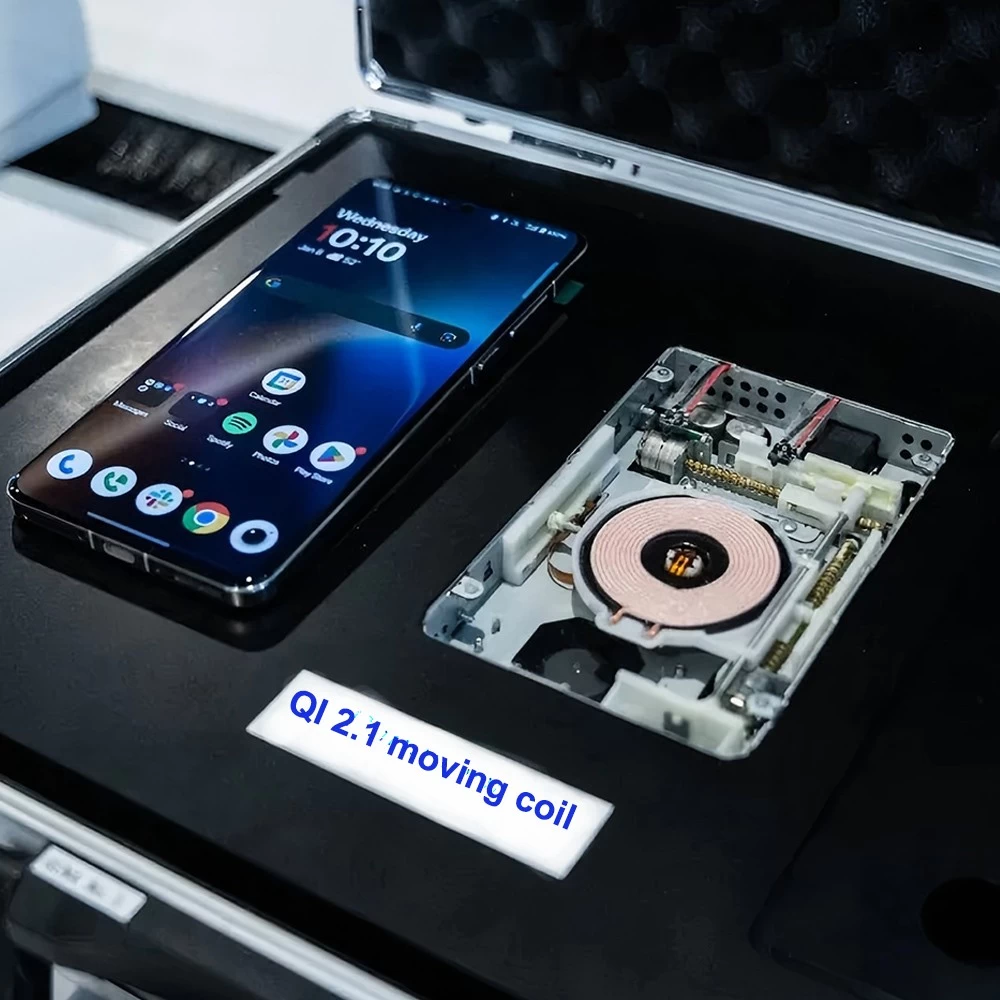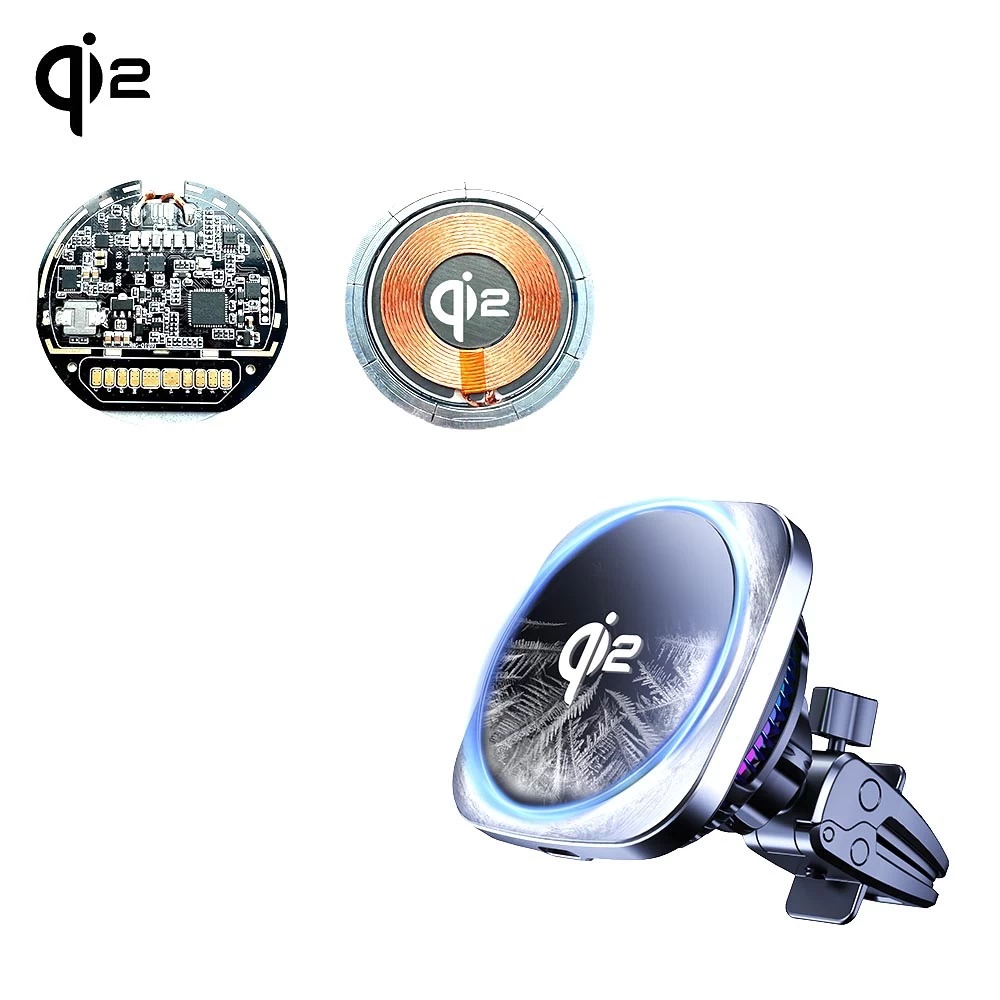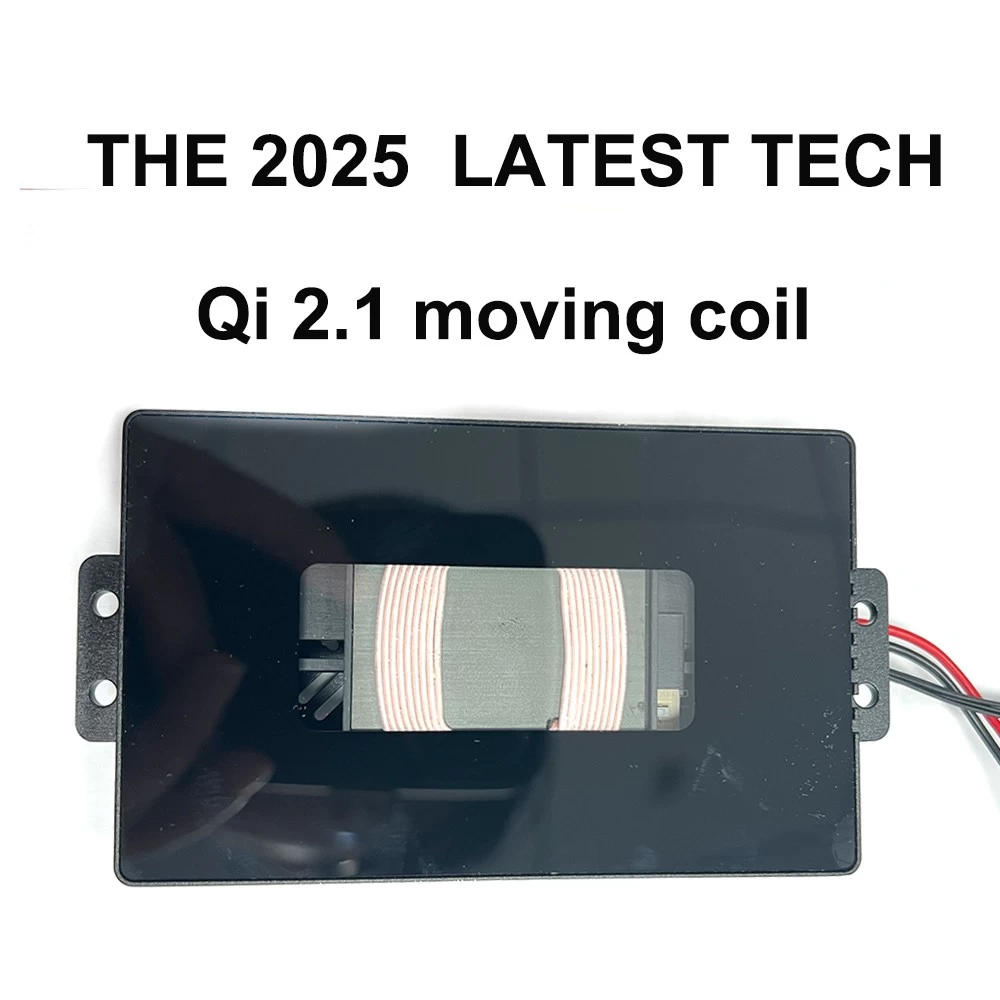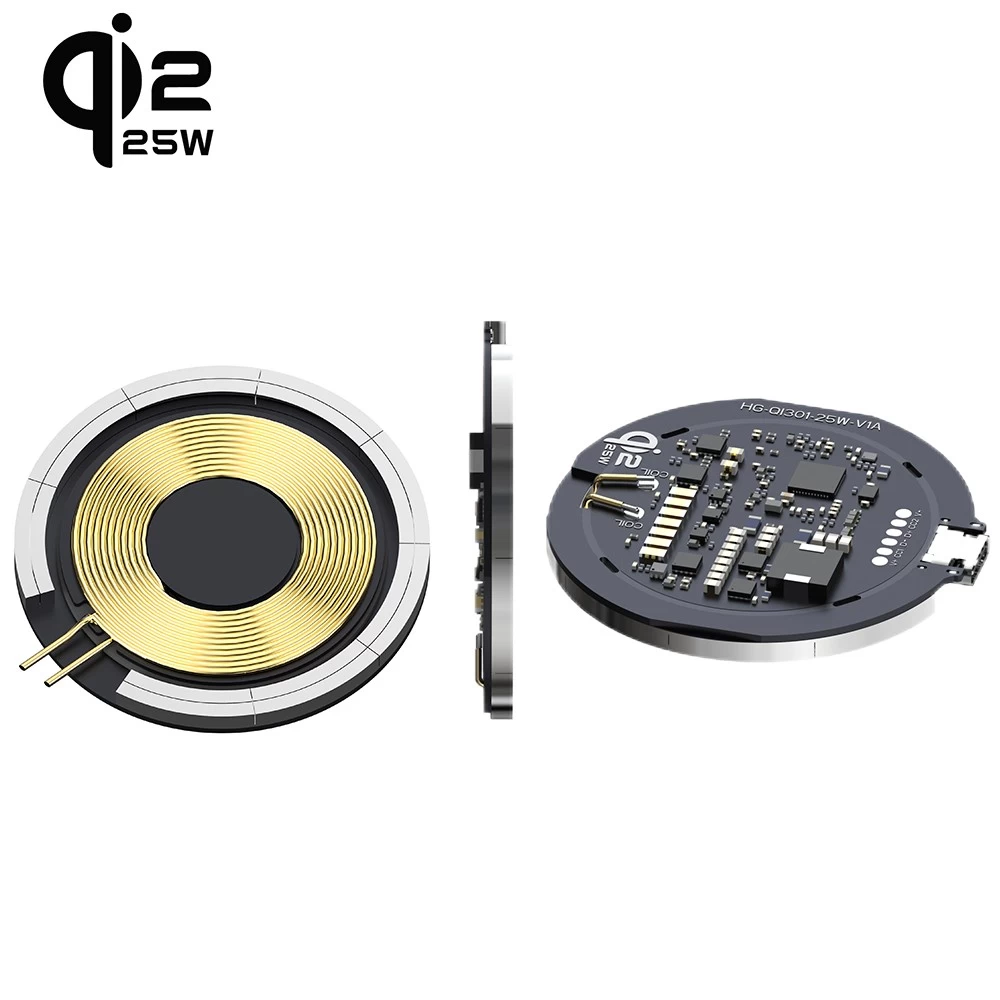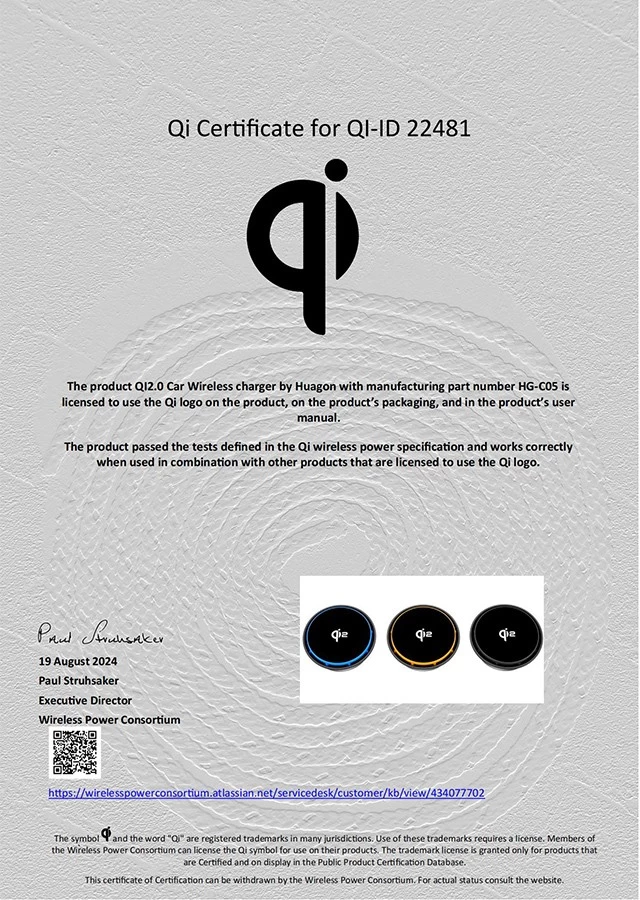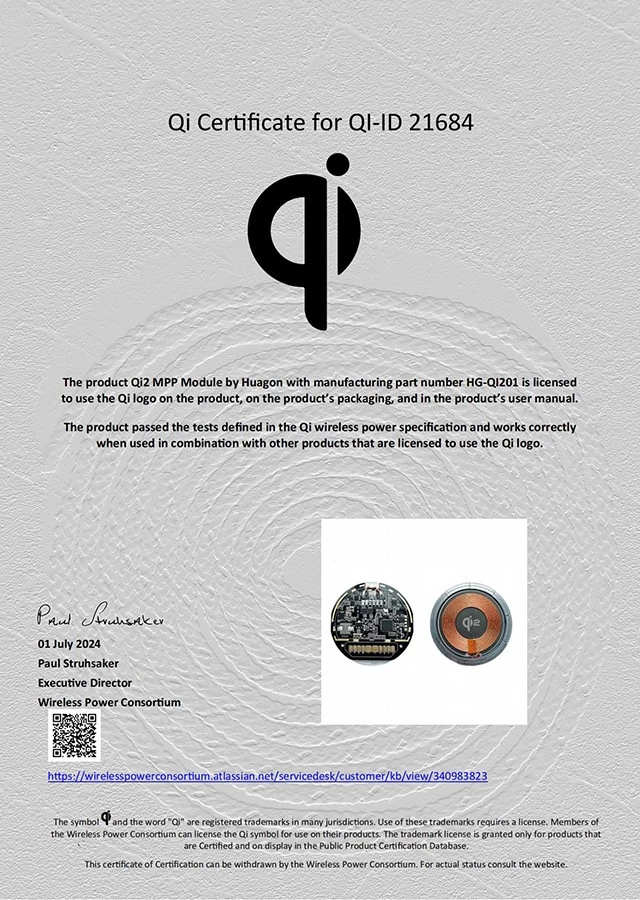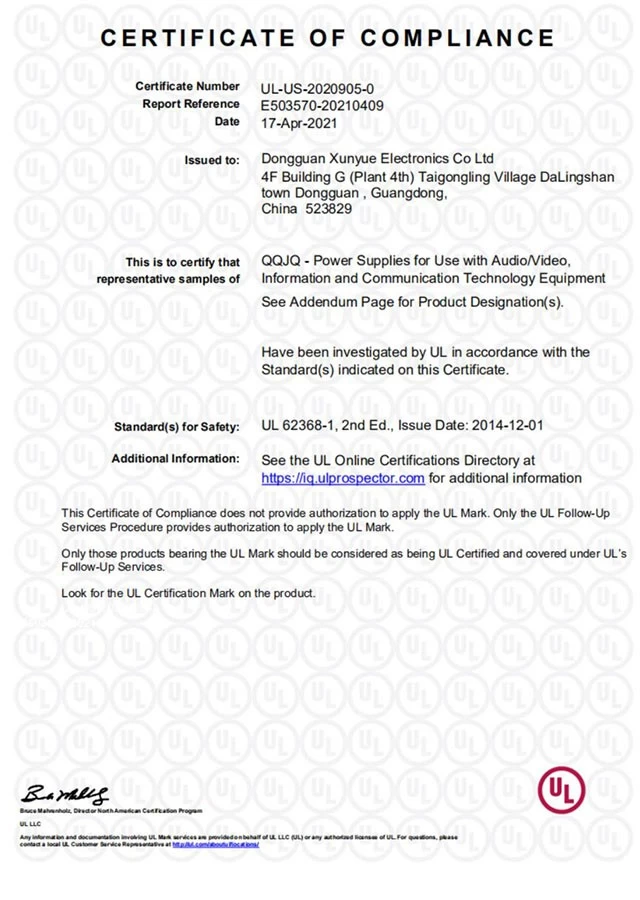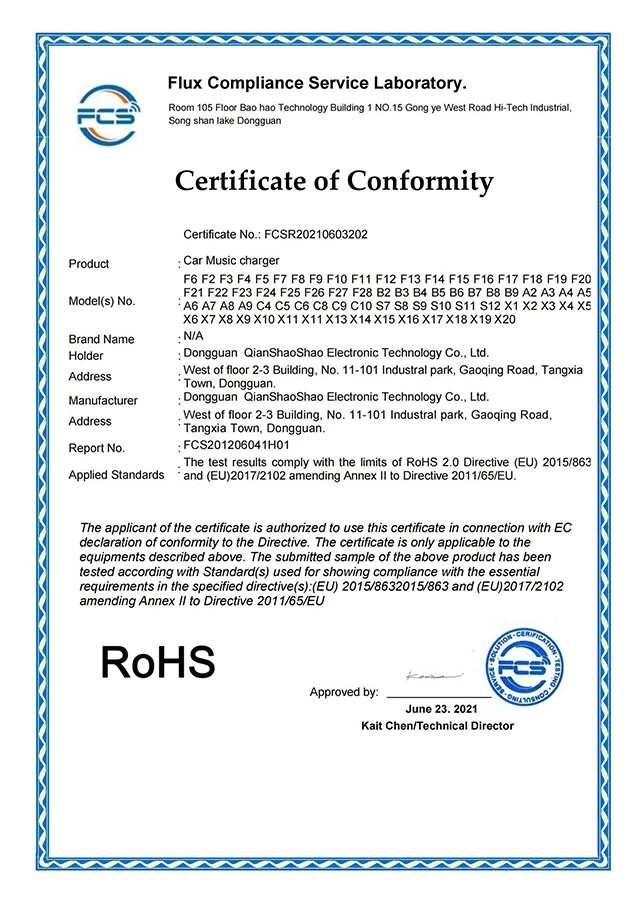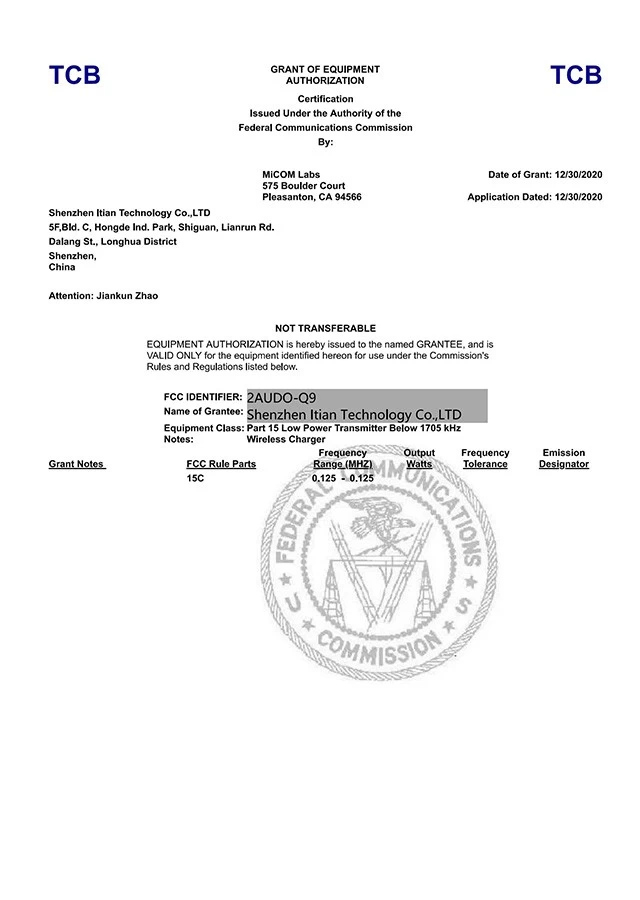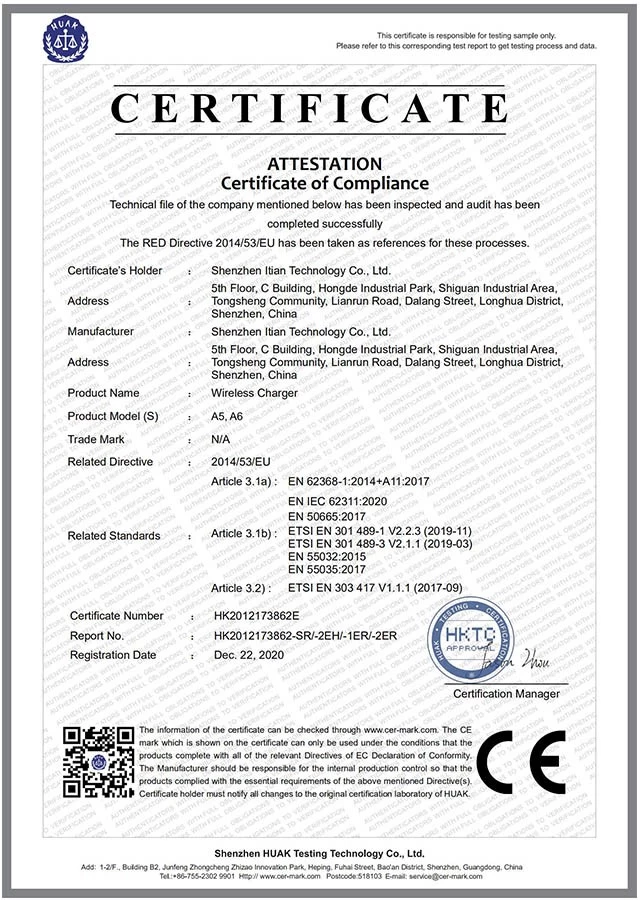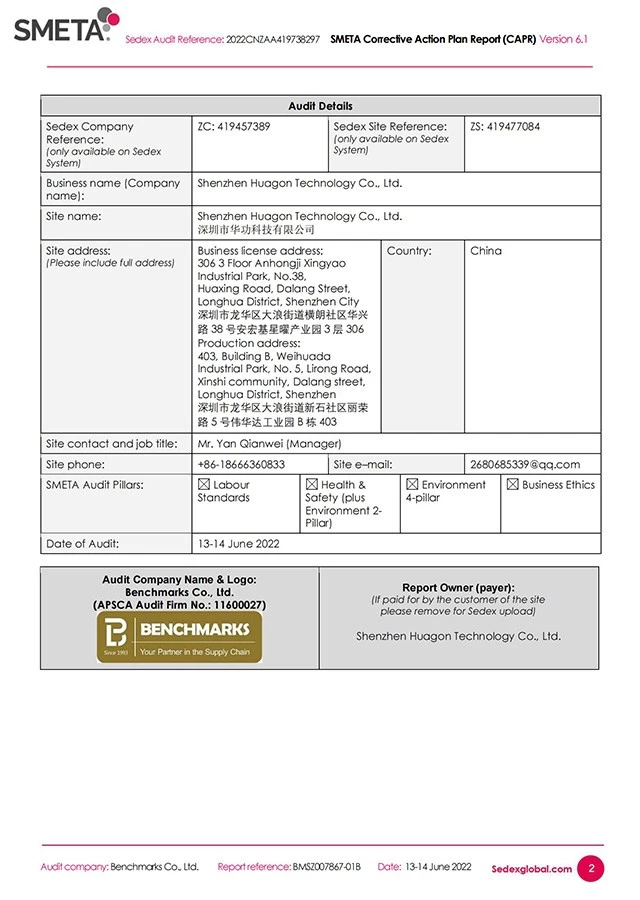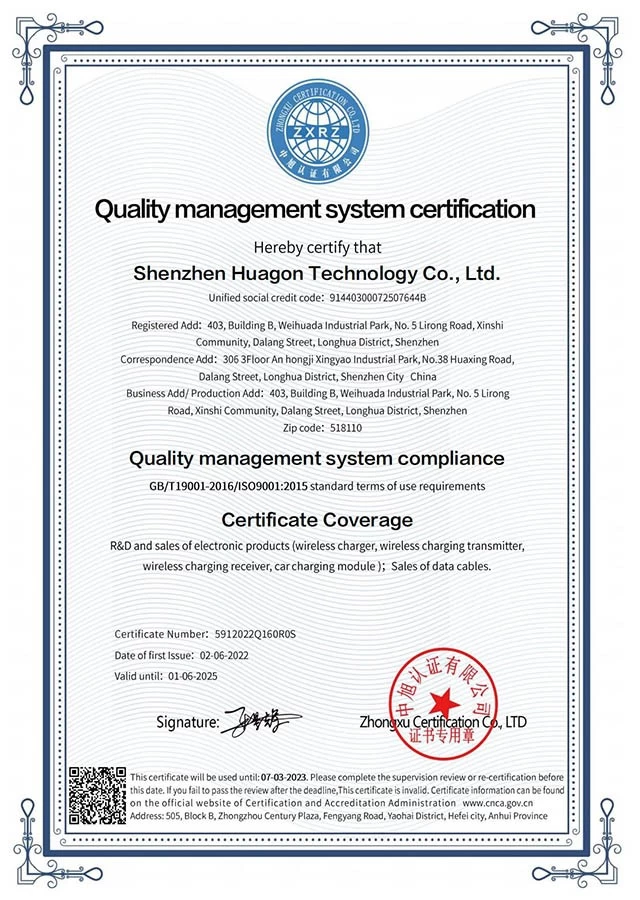the difference between AC and DC
At the end of the 19th century, the power industry was rapidly developing. Edison firmly believed that direct current (DC) was the future form of electricity, while alternating current (AC), on the contrary, was considered dangerous. Edison invented the electric light bulb in 1881. In fact, in the United States at that time, the standard was to supply DC power. Edison began to promote the use of incandescent light bulbs and began to invest in the DC 110V power grid. However, when transmitting DC power, it will cause a significant drop in voltage, so the transmission range cannot exceed 1.5km, resulting in the power plant having to be built in the middle of the street.
Nikola Tesla investigated the power generation, transmission, and usage methods of AC, and began an electrical war with Edison. In the end, Tesla won with the AC system, which can easily change voltage and even if the wires are thin and long, they will not cause too much loss when transmitting power, and this result has continued to this day. This form of electricity is not only more efficient and economical, but also easier to transmit over long distances. Edison was very dissatisfied with this. He not only questioned the safety of AC power, but also attempted to smear Tesla's image in the public domain. In order to prove his correctness, Edison even made some extreme attempts, such as conducting electric shock experiments on animals, trying to prove that alternating current can even kill humans. Even the production of electric chairs.
In order to prove the safety of using AC power, Tesla held a press conference specifically, where he allowed AC power to pass through his body and light up the lights, captivating the reporters. Everyone has acknowledged the superiority of AC power supply. In the end, this competition ended with Tesla's victory. From then on, the "AC power supply system" was widely adopted by society.
In daily life, we often encounter two types of current, alternating current (AC) and direct current (DC).
Although some household appliances use direct current, the electricity transmitted from power plants to households is alternating current. AC power transmission requires passing through substations and transformers, and many intermediate links will consume a lot of electrical energy. Direct current does not have these problems. So, why has the world been using AC power transmission for over a hundred years? Why did Edison's DC transmission method, which he pioneered in the United States, fail in the war against AC transmission, and the defeat lasted for over a hundred years?
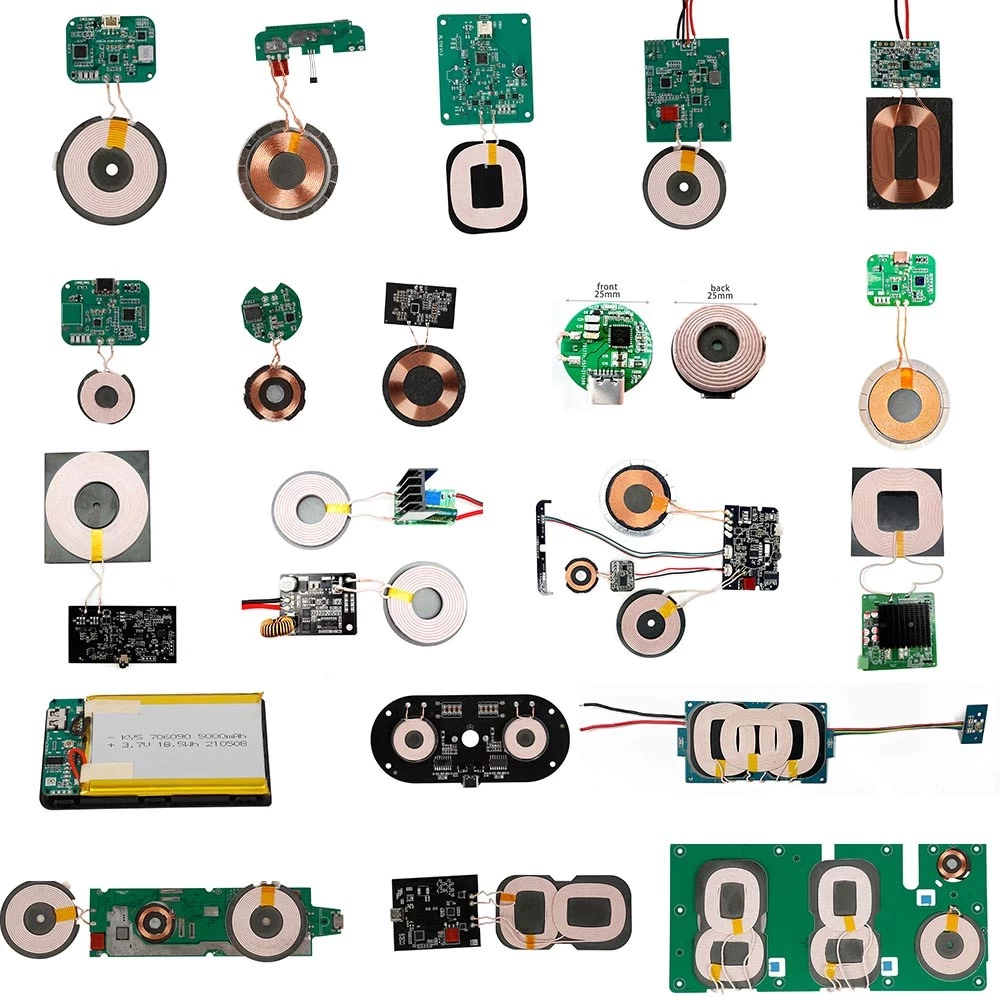
To this day, most parts of the world still use AC power transmission, and DC power transmission is currently not mainstream. This is mainly determined by the characteristics of both.
Click to China wireless charger PCBA SMT factory to know more.
1. AC current refers to a current that undergoes periodic changes in both magnitude (amplitude) and direction. Having questions and answers, as well as having interactions, is called communication. AC power is like this, with current flowing back and forth, so AC power has two directions and there is no positive or negative distinction. Since the direction of alternating current is constantly changing (flowing out and back), how many times does it flow back in a second? How many times per second is the frequency, expressed in Hz (Hertz) in electricity. For example, 50 Hz means that the alternating current in the wire flows out and back 50 times per second. The frequency of alternating current in daily life is generally 50 Hz (in countries such as China and Europe) or 60 Hz (in countries such as the United States and Japan). "Frequency" represents the speed at which the direction of AC power changes, while "phase" represents the starting time of AC power transmission. So in electricity, amplitude, frequency, and phase are referred to as the three elements of alternating current. Modern power plants produce alternating current electricity, which is also used for household and industrial power consumption. It has no direction, but there is a distinction between frequency and the neutral line (ground wire).
2. Direct current refers to a current whose direction does not change over time, but its magnitude may not be fixed. Direct current, as the name suggests, flows straight without looking back. Direct current only flows from the positive pole to the negative pole, so there is only one direction.
3. Different uses: Our common air conditioners, washing machines, refrigerators, televisions, water heaters, water dispensers, fans, vacuum cleaners, rice cookers, induction cookers, hair dryers, electric curlers, rechargeable baby warmers, electric lights, etc. (without adapters, only two or three pin plugs are used to connect to sockets) use AC electricity; Direct current is mainly used in various electronic instruments, such as computers, mobile phones, electric vehicles, cameras, drones, remote-controlled toys, and so on.
(A simple method to determine whether an electrical appliance is using DC or AC power: see if the appliance can use batteries. 1. If it can use batteries, it can use DC power; 2. If it cannot use batteries, it can use AC power; 3. In special cases, convert AC power into DC power first, and then use it again.)
4. Voltage difference: DC refers to direct current power supply, commonly used voltages include 3V, 6V, 9V, 12V, 24V, 36V, 42V, etc., while AC output voltages include 220V (household electricity) and 380V (industrial electricity).
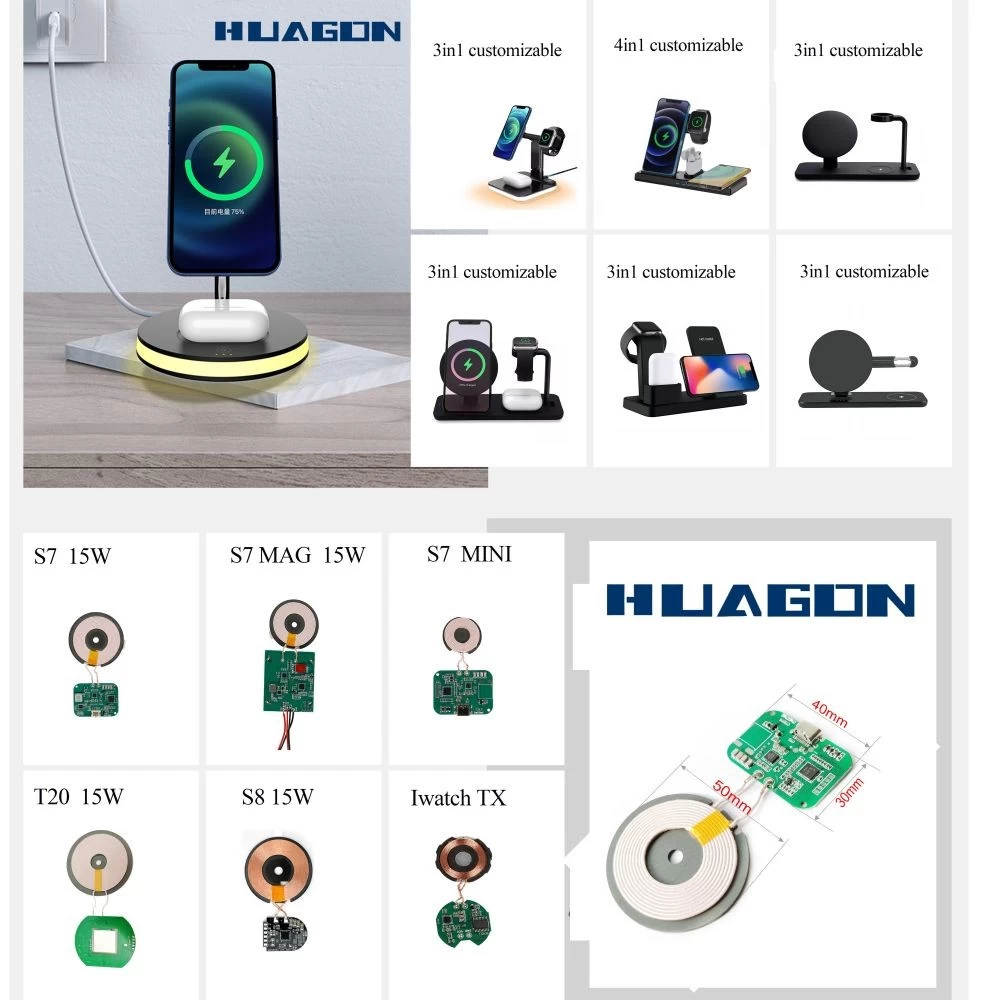
Advantages of AC:
1. AC power supply can easily convert voltage (boost, buck) as long as a transformer is used.
When transmitting power, it can maintain high voltage/low current, reducing the phenomenon of voltage drop (I2R loss).
3. It is easy to convert AC power into DC power through a transformer, making it easy to supply power to DC drive equipment.
The above is the difference and comparison between AC and DC.

